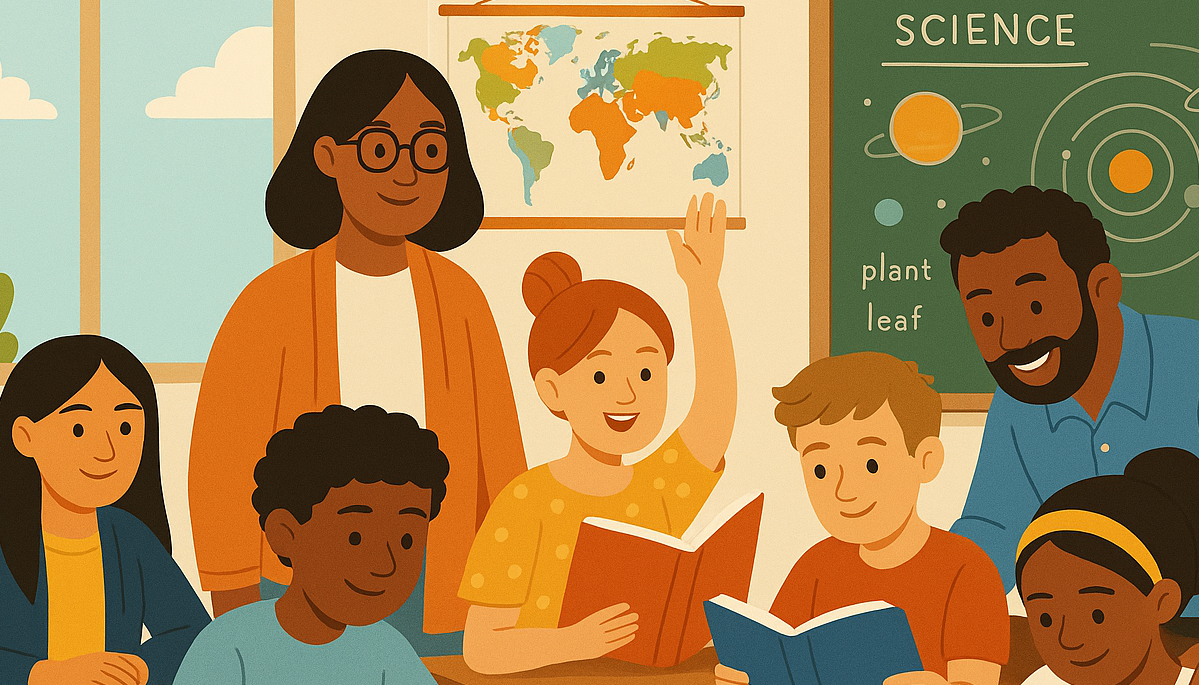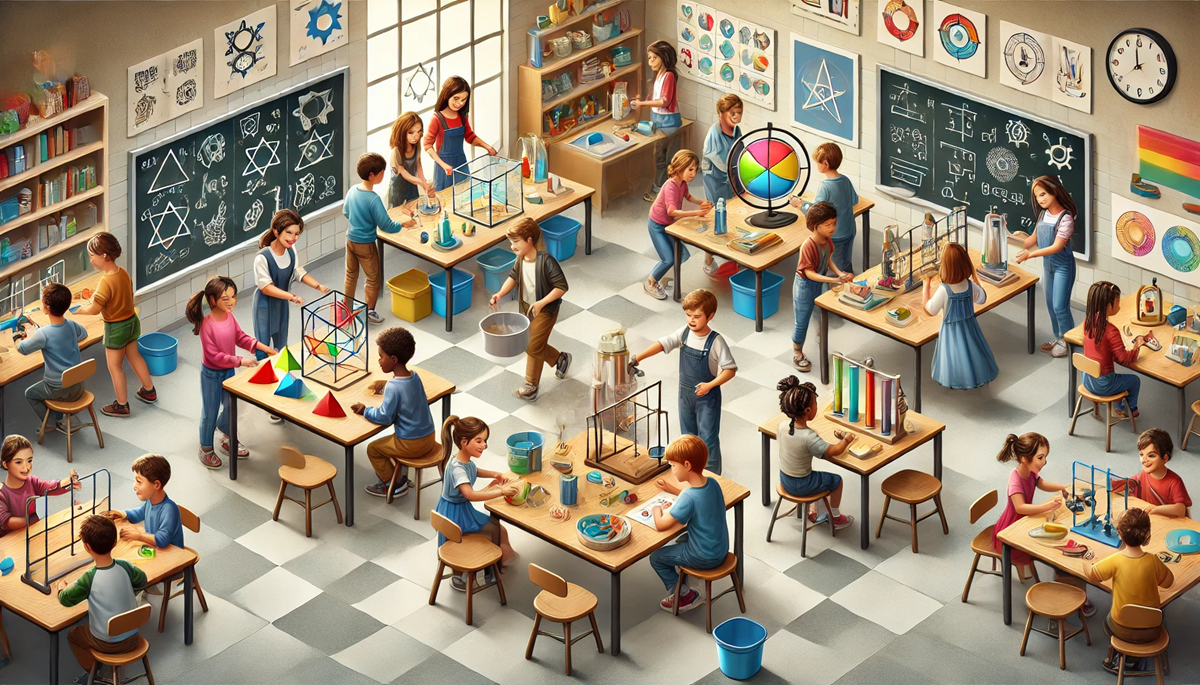LESSON #2: YOU NEVER GET A SECOND CHANCE AT FIRST IMPRESSIONS
You never get a second chance at first impressions. This could not be more true then when you’re starting a network of schools. You’re trying to build relationships, set the course for the work and add provide some expertise in one meeting. We’ve tried different doses of each and have been able to strike a good balance. Here’s what we’ve learned:
It’s going to be awkward! Being an introvert, I’m always reluctant to force people to talk to others that they don’t know. I had to get over that and realize that the participants were never going to build relationships without facilitated conversations. People may groan when you begin an icebreaker or energizer, but they always appreciate them afterwards. Like any kind of growth, it’s uncomfortable at first.
Conversations make the learning. I value the time that people give up to spend in a meeting. I feel incredibly responsible to make every second valuable. Initially, this made the content for providing expertise difficult. When I would chose an article or create an activity, I would worry about it being too simple for some of the experts in the room. After one meeting, I realized the activity was secondary to the conversation. The depth of the conversations always left participants with a new learning. The expertise was in the room not the article.
You don’t have to wait until the meeting is over to get feedback. I am a planner, so I think carefully about the agenda for a meeting. This is usually a great trait to have except when the meeting isn’t going well. Once I’ve made a plan, I don’t like to change it. This is not great teaching or a good framework for running a meeting. I now ask for feedback on the agenda at every break. I make changes in the amount of time spent on an activity or scrape whole agenda items in service to the group and their feedback. I still plan, but I walk in knowing the plan may change!
Many of these lessons seem obvious, but living them has cemented them in our program. I hope others can learn from our mistakes!
If you missed it, see Lesson #1: Grouping the participants.


